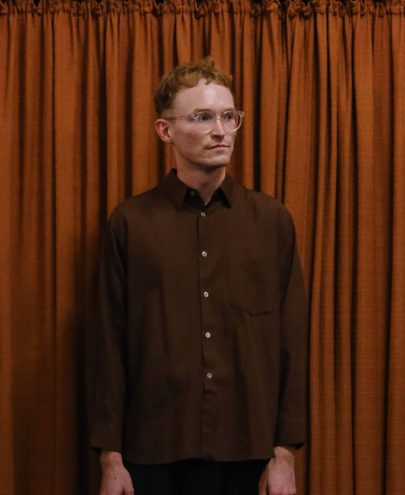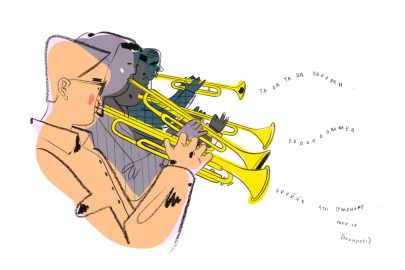Mar 3, 2014 Music
NZSO/NZ Opera Chapman Tripp Chorus
Michael Fowler Centre, Wellington
March 2, 2014
“Classical music” – it’s a lousy term for so many reasons, the least of which is that technically it refers only to the music of the Mozart-Haydn-Beethoven period, ie, the late 18th century. Whatever we call it, though, the audience is smaller than it used to be. It’s also well-to-do, predominantly mono-ethnic in a time when most Western populations are getting more diverse, not less, and most of it has grey hair. Alex Ross, for my money the best music critic alive right now, recently announced that he was giving up writing “why classical music isn’t dead” pieces, having run the trope into the ground.
Classical music isn’t dead. It isn’t even dying. But it’s remarkable how much time one can spend insisting on this. I’m embarrassed to admit I often commit one of the top 10 doesn’t-understand-statistics gaffs of music lovers through the ages: I look around at the music being written now, and I ask myself why I can’t see a Shostakovitch, or a Sibelius, or a Tchaikovsky. Then I wonder if classical music is dying.
Most of the new music from any given year will not last. Most good composers are not great composers. But the grand traditions of Western music are still vibrant, and great populist masterpieces are still being written. I heard one last night. Next time I need to respond to the idea that classical music may be dying, I am simply going to point to Argentine composer Osvaldo Golijov, and specifically to his 2006 opera Ainadamar.
This was a “semi-staged” production, meaning that most of the Michael Fowler Centre’s stage was full of orchestra – the NZSO, specifically – with the singers confined to a strip at the front and a raised area at the back, with a four-panel screen rising above them. “Confined” is the wrong word, though. Far more than the (highly effective) concert opera stagings the NZSO and APO have put on in recent years, this one felt like a fully realised dramatic event. There are substantial clips of full stagings on YouTube, and having watched them I have the feeling that a semi-staging may actually suit the work best: its spatial and prop requirements are minimal, and the way the cast wove through and around the orchestra as they made their way upstage and down was surprisingly effective at generating the sense of lives lived in the midst of a turbulent crowd.
Specifically, the crowds of the 1930s, in the years immediately preceding the Spanish Civil War. The story centres on the murder of the poet Federico Garcia Lorca at the outset of the war, an event presented to us through the memories of his friend and artistic collaborator Margarita Xirgu, looking back on the day of her own death, many decades later. The Spanish libretto – very effectively surtitled on unobtrusive yet easy-to-see side-screens – shapes Lorca’s death as a passion play: passion in the old Catholic sense, but also in the more common sense. This is music that grabs you by the throat and doesn’t let go.
Reviewing the first performance of an early version of the opera, Alex Ross wrote that “Golijov… invests himself ardently in the most familiar flourishes of Spanish music. He understands better than his exoticising European predecessors—think of Bizet, with his castanets—that the so-called “Spanish sound” is a fiendishly complex blend of European, Arabic, and Hebraic influences…” This is a major insight into what makes Golijov’s music at once so potent, so instantly accessible, and so rich: he teases out the ancestral components of what seems to be a simple unitary quality, the quality of sounding Spanish, and he reworks each of them into something distinctly his own, yet instantly recognisable. This is a great Spanish opera; you could not hear its driving rhythms and sinuous melodies as anything else. And yet there has never been anything like it before.
Here is why arts festivals should exist: there has so far only been one full recording of Ainadamar. It won a Grammy. And several of its key voice cast have been flown out here for this one performance – notably Kelley O’Connor and Jessica Rivera, in the plum roles of Lorca and Margarita, respectively. “I want to sing around the explosions”, Lorca sings to Margarita, in one of their several mind-meltingly powerful duets. “I want to sing an immense song!” Flames leap up on the screen behind him. Lorca is trying to explain why he isn’t ready to flee his country, and the music tells us what we were trying to forget we already knew: all Spain is about to burn.





